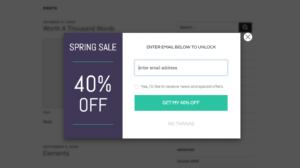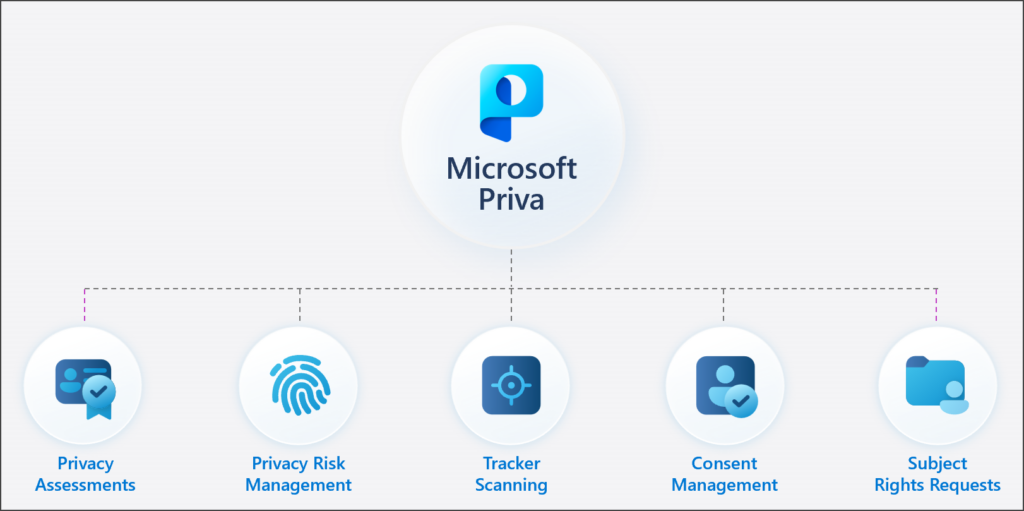The Five Reasons People Don’t Convert
When visiting a website, the last thing that you want is to be annoyed and frustrated, right? So why is it that there are so many websites that are still making use of the elements that people hate over and over again? A lot of this comes with designing your own website, it can be exciting, so a lot of these problems can be glossed over when designing.
A poor user experience can cause the amount of abandonment from your website to increase, it can hurt your organic search listing positions, and it can realistically give your website/business a bad rep. To combat this, we here at Bandicoot have compiled a list of the 5 main reasons that people do not convert, and what you can do to combat this.

Your Website Takes Ages To Load
Nowadays, the world has a very short attention span, whether it be checking your phone hundreds of times a day or making people impatient when things such as websites don’t load immediately. According to a report by KISSMetrics, 47% of consumers expect a web page to load in two seconds or less, and 40% abandon a website that takes more than three seconds to load.
Slow loading times can annoy your site visitors, and even at worst affect the perception people have of your brand – especially for mobile users who are sometimes on a slower internet connection when browsing the internet.
Optimising the load performance of your website should be at the top of your to-do list when building a website. Things such as image size, code, videos and animations can significantly impact how quick or slow your website loads, and how smooth browsing your website can be.

Your Website Has Poor Navigation
When someone comes across your website, they should know what to do, where to go and what their next movements should be.
This might seem like a no-brainer, right? However, research done by Small Business Trends suggests that 80% of small B2B business websites lacked a call-to-action. They were missing out on sales and leads because they didn’t provide any sort of direction on their website or encourage people to click around the site.
Include a clear headline that explains what you do, a clear call-to-action that shows visitors how to take the next step, whether that be reading your blog, watching a video, or any other action you hope visitors will take on your website.

Your Website Is Not Optimised For Mobile
Mobile browsing has become one of the main ways that people consume content, and it is no surprise when people get annoyed when they have to scroll side-to-side to read things or having to pinch to zoom because words/buttons are too small. These are only a couple of the many issues a lot of web pages have with mobile optimisation.
In summer 2015, Google announced a major algorithm update to mobile, that penalises websites that are not friendly towards mobiles, and also that they would strengthen the ranking signal from mobile-friendly websites starting from May 1st, 2016.
Google do this because they know a lot of websites will not want to miss out on the organic search rankings, they cannot afford to. They also want to improve the web browsing experience for mobile users, so this in a sense forces competent websites to be optimised.

Your Website Has Excessive Popups
Excessive popups that will get in the way of the reading experience of the website can be annoying. There are better way to use pop ups, such as:
- Track them for effectiveness – Keep an eye on the number of views and clicks that occur on each pop up, along with how many submissions the pop-up leads to. If you find that this isn’t performing the way that you wanted it to, you can edit this or even remove it to give users a better experience when browsing your website.
- Use them in moderation – When pop ups are used in moderation, you aren’t bombarding your visitors with things that they may have no interest in.
- Make them smart – Smart pop ups will actually grant you the ability to show a different pop up to different types of visitors, based on whether they have visited your site before or not. This can also factor in what stage the customer is in the buying cycle.
A good alternative to this is slide-in CTAs, which instead of pop ups, are small banners that slide in from the bottom or the side of the page wit ha call to action. They are less obstructive, and will provide users with more information, without getting in the way of the actual content on the page.

Your Website Has No SSL Certificate
For those who do not know, an SSL Certificate will help encrypt data whilst passing it between web servers and websites. In basic terms, the data is locked and can only be unlocked by the intended recipient, so that sensitive information can be protected. This also provides authentication for your website, which will help build trust among your customers.
Benefits of SSL are:
- You protect the privacy of your users – SSL will protect your site, even if it does not keep track of sensitive information, as this offers privacy, security and ensuring data integrity for your site. The data that is shared across networks will be encrypted and becomes inaccessible to others, which can prevent data theft and cyber attacks.
- You provide assurance to your users – SSL will build trust among the users of your website and will assure them of the authenticity of your website. This will make sure that their online information will be passed through a secure channel.
- It helps improve the speed of your site – Installing an SSL certificate can help you improve the performance of your website, which will make your site a lot faster, and can actually help with search engine optimisation.
- It will improve the user experience – Website security is a really big thing on users’ minds, as they would be apprehensive about sharing personal information with people. With an SSL certificate, they are confident about making transactions on your site. In turn, this can help boost your website conversion rates, and actually engage targeted visitors to your site.
There are risks involved by having no SSL too, which includes:
- A misuse of data – If you don’t have SSL on your website, confidential information on your site might actually become accessible by hackers. This could lead to a leak of your personal data, including payment details. Hackers can easily recognise vulnerable sites and cause disruptions which can have an adverse effect on your business and reputation.
- Downranking of your website – Over the years, Google have been encouraging SSL encryption, and in 2017, they actually released Chrome 68 to identify unsecured sites. Secure websites will be identified using a green padlock before the URL. This can prevent any third-party from accessing traffic that will be passed between your web server and the browser. Without SSL, your website can be marked as insecure and rated as not trustworthy, which will make it lose rankings on the organic search feature.
- MTM attacks – MTM attacks are a kind of attack where the hacker will create interference between the server and the browser. The attacker will alter the communication so that it can result in losses. Without SSL, the communication going between the web server and the client is easily accessible. Which makes it easy for hackers to target these types of communication.
- Loss of customer trust – Websites that are secured with the green padlock will be regarded as more credible by users. They may even switch over to competing sites if your website does not meet their criteria of safety. If your website has no SSL, there is a high possibility of losing custom.
- Harming your brand’s reputation – If the data on your website is leaked, or your security is compromised, it will hurt your brand image. Especially if you are part of an established and well-respected brand, it becomes hard to rebuild the positive image. This will also cause lower conversions on your website due to insecurities.
- Display of warnings on search engines – Search engines such as Google have warnings to users that visit a site that does not have SSL. They might see warnings alerting them of an insecure/open connection/ In 2018, Google switched from viewing HTTP to using HTTPS, and displays non-secure sites after displaying warnings to the users.
Having an SSL Certificate on your website can improve the engagement you receive from customers, and even boost your reputation in the market. If you have not got SSL on your website, then it is definitely time to purchase one. This will help win over your customers and build the loyalty of your brand.
Bandicoot: Contact Us
Here at Bandicoot, we offer a variety of IT Support packages. You’ll never have to worry about your IT again because we have you covered!
Take your first step towards protecting your business. Can’t decide which package is best for you? Call us on 01282506616 or email us at info@bandicoot.co.uk.
We look forward to hearing from you!




